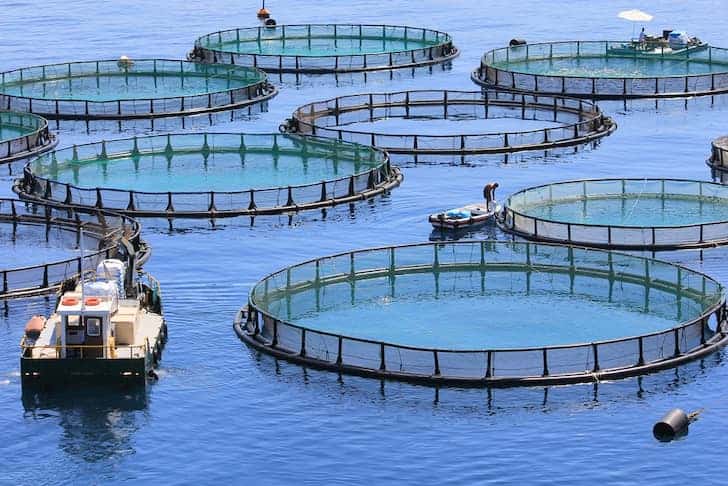Aquaculture
Introduction
The aquaculture industry in Africa has tremendous potential for growth, given the region’s abundant water resources, favorable climate, and increasing demand for fish protein. Our aquaculture business will focus on producing high-quality fish and shrimp using sustainable and environmentally friendly practices. The business will be located in a strategic location, with easy access to market and transportation facilities. Our business plan will outline the strategies and tactics we will use to achieve our goals and objectives.

Introduction:
Our business, ABC Aquaculture, will be a commercial fish and shrimp farming operation based in Africa. Our goal is to produce high-quality fish and shrimp products for local and regional markets while adhering to sustainable and environmentally friendly practices. We plan to achieve this through our technical expertise, efficient operations, and a commitment to customer satisfaction.
Market Analysis:
The demand for fish and seafood in Africa is growing rapidly due to population growth, urbanization, and changing dietary habits. The region is heavily dependent on fish imports, which provides an opportunity for local production. Our business will focus on producing high-quality fish and shrimp products to meet this demand. We will target both the local and regional markets, including restaurants, supermarkets, and fish markets.
Products and Services:
Our aquaculture business will produce fish and shrimp using sustainable and environmentally friendly practices. We will focus on producing high-quality products by implementing the best practices in fish farming, including feed management, water quality management, and disease control. Our product portfolio will include tilapia, catfish, and shrimp, which are popular fish species in the local and regional markets. We will offer fresh, frozen, and value-added products such as fillets, steaks, and smoked fish.
Marketing and Sales:
Our marketing strategy will focus on building our brand and establishing a reputation for producing high-quality, sustainable fish and shrimp products. We will use various channels to reach our target market, including social media, advertising, and local events. Our sales strategy will involve building relationships with customers, providing excellent customer service, and offering competitive pricing.
Operations:
Our farm will be located in a strategic location that is easily accessible to transportation and market facilities. We will use the latest technology and equipment to manage the fish and shrimp production processes, including feed management, water quality monitoring, and disease control. We will implement environmentally friendly practices such as recycling water, using renewable energy sources, and minimizing waste.
Financial Plan:
Our business will require a significant initial investment to cover land acquisition, construction, equipment, and working capital. We will raise the required capital through equity and debt financing. Our revenue streams will include the sale of fish and shrimp products, and we will aim to achieve profitability within the first three years of operation.
Conclusion:
Our aquaculture business plan presents a unique opportunity to enter the growing African aquaculture market. We believe that our commitment to sustainable and environmentally friendly practices, technical expertise, and customer focus will allow us to establish a strong brand and capture a significant share of the local and regional markets.
Here’s an example profit and loss statement for ABC Aquaculture for the first three years of operations, with all the information combined into a single table:
| Year 1 | Year 2 | Year 3 | |
| Revenue | $800,000 | $1,200,000 | $1,600,000 |
| Cost of Goods Sold | |||
| Fish feed and supplements | $250,000 | $350,000 | $500,000 |
| Labor | $200,000 | $300,000 | $400,000 |
| Utilities and other operating expenses | $50,000 | $75,000 | $100,000 |
| Depreciation | $25,000 | $35,000 | $50,000 |
| Total Cost of Goods Sold | $525,000 | $760,000 | $1,050,000 |
| Gross Profit | $275,000 | $440,000 | $550,000 |
| Operating Expenses | |||
| Salaries and wages | $50,000 | $60,000 | $75,000 |
| Rent and utilities | $20,000 | $25,000 | $30,000 |
| Insurance | $5,000 | $7,500 | $10,000 |
| Marketing and advertising | $10,000 | $15,000 | $20,000 |
| Depreciation | $10,000 | $15,000 | $20,000 |
| Total Operating Expenses | $95,000 | $122,500 | $155,000 |
| Net Income | $180,000 | $317,500 | $395,000 |
Note: The Net Income figures are calculated by subtracting the total Cost of Goods Sold and Operating Expenses from the Total Revenue.







